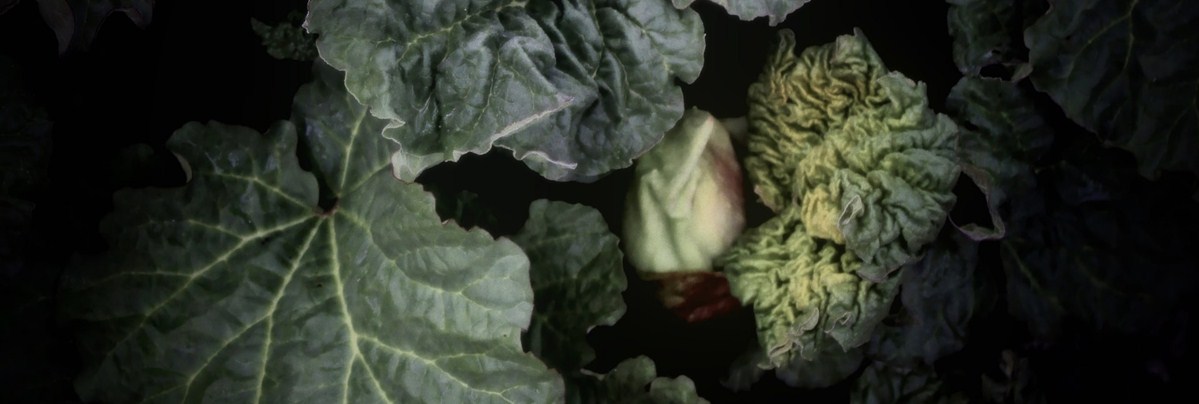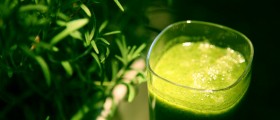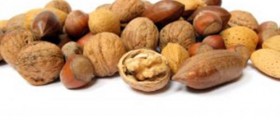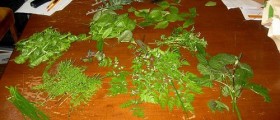Oxalic Acid
Oxalic acid is an organic compound. It is normally found in plants and animals, including humans. It can be regarded as an element that is essential for our metabolism as its role is to maintain and stimulate peristaltic motion in our body. Because it is present in plants and animals, it is also regularly present in certain types of foods. It is a very useful compound in our biochemical processes, excess quantities of oxalic acid have negative effects and cause problems in the body. This arises from its property to form chemical bonds with certain metals such as magnesium and calcium, which are also vital ingredients in our bodies.
Problems that might arise from this include, for example, the formation of kidney stones. It is known that people who are common sufferers of kidney stones have a tendency to eat more oxalate-rich foods than people that are not prone to kidney stone attacks.

So how much oxalates is too much? It can be said that a low-oxalate diet contains less than 50 milligrams of ingested oxalic acid per day.
- While oxalic acid is a normal end product of mammalian metabolism, the consumption of additional oxalic acid may cause stone formation in the urinary tract when the acid is excreted in the urine.
- Soaking and cooking of foodstuffs high in oxalate will reduce the oxalate content by leaching.
- The mean daily intake of oxalate in English diets has been calculated to be 70-150 mg, with tea appearing to contribute the greatest proportion of oxalate in these diets; rhubarb, spinach and beet are other common high oxalate-content foods.
- Vegetarians who consume greater amounts of vegetables will have a higher intake of oxalates, which may reduce calcium availability.
- This may be an increased risk factor for women, who require greater amounts of calcium in the diet.
It is a good idea to keep an eye on the number of oxalates you consume. A reference list is provided, according to the number of oxalates the mentioned foods should contain. Note the “should” as oxalate levels in individual foods may vary, depending on cultivating conditions and climate.
Foods with High Content of Oxalic Acid
If there is too much oxalic acid in the body, it might precipitate in the form of crystals which might accumulate in various tissues and damage them, or form kidney and bladder stones. If it reacts with metals such as calcium and magnesium, produced compounds cannot be broken by metabolism, which, nutritionally speaking, results in loss of both oxalic acid and the metal with which it reacted.
Foods with high content of oxalic acid include vegetables such as beets, sweet potatoes, celery, dandelion greens, eggplant, kale, chives, broccoli, carrots, green pepper, parsnips, potatoes, pumpkin, spinach, squash, turnip greens, watercress, okra, collards, escarole, leeks, purslane, radish and cassava, and fruits such as concord grapes, kiwi, lemon peel, rhubarb, figs, blueberries, raspberries, plums, tangerines, and starfruit.
Nuts and seeds high in oxalic acid include peanuts, almonds, hazel nuts, Brazil nuts, pecans, sesame seeds, poppy seeds, sunflower seeds, and cashews
Most legumes, such as black beans, kidney beans, garbanzo beans, Lima beans, Brussels sprouts, whole wheat, oatmeal, buckwheat, and amaranth are rich in oxalic acid.
Oxalic acid is also abundant in some other sorts of foods, such as spices and condiments, and tea leaves. It is also abundant in cinnamon, ginger, lettuce, soy products, chocolate, cocoa, tea, and beer.
- medlineplus.gov/ency/article/002479.htm
- www.nhs.uk/conditions/kidney-stones/prevention/
- Photo courtesy of Anne Nygård by Unsplash: unsplash.com/photos/s6yXQQbnPwc










_f_280x120.jpg)






Your thoughts on this
Loading...